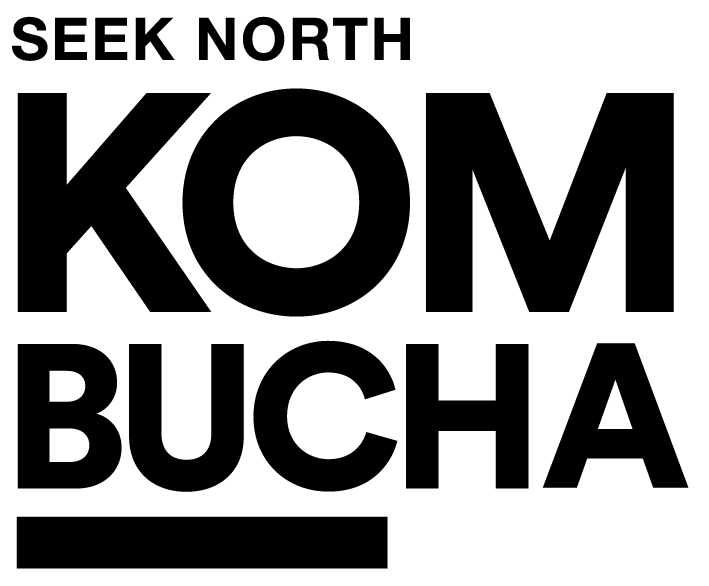Sugar Isn’t Sweet On You
Real talk about one of America’s greatest love (addiction) to sugar
We tell the truth, clear things up, and help you avoid the pitfalls... on sugar
Sugar, the four-letter, five-letter word. It’s feared, misunderstood, and in everything. Some people avoid it like the plague, and some dump never-ending spoonfuls of it in their coffee. And some, aren’t even sure what it does either way.
Let’s start with the basics. Love sugar, or hate it, our body needs it. Every day. When we say sugar though, we don’t necessarily mean the granulated, or powdered, substance you might be picturing. Sugar is a simple carbohydrate, meaning that its a carbohydrate with just one or two molecules, a simple chemical structure. Your body loves these because it takes little to no work to break them down. They get absorbed very quickly, a huge energy bang for your buck. The other type of carbohydrate is a complex carbohydrate, which, you guessed it, has a more complex structure, and takes longer to break down. As far as your body is concerned, all carbohydrates get converted into glucose, a sugar that your body can directly use.
When you eat a carbohydrate, your body digests it, converts it into glucose (the type of carbohydrate, as well as what else you ate it with, dictate how long this actually takes), and sends this out into your bloodstream. Your pancreas gets a signal it’s there, and pumps out insulin, a hormone that deals with this floating glucose by telling your body’s cells to absorb it.
Sounds pretty normal, right? So what’s the big deal?
Glucose absorption is a completely normal, necessary process on its own, but the problem comes in when we add sugars to everything, especially quickly processed sugars, ingest them all the time, and overload this natural process. Sugars in the form of table sugars, honey, syrups, and even simple starches like white bread, are very quickly absorbed in the body, and cause a big, quick spike in the free-floating glucose. This sends the pancreas into overdrive trying to release enough insulin to deal with it all so quickly. Do this over and over again, every day, all across a country, and we have an epidemic - multiple, in fact. The epidemics of obesity, diabetes, liver disease, and heart disease have all been shown to have at least some component (most often, many) directly attributable to sugar intake.
Over time, continual, large blood sugar spikes wear out the system by creating a loop where the pancreas is conditioned to keep pumping out more and more insulin in response, your blood sugar then crashes, and because of the crash, you crave more. Then, it starts all over again. And if you’re a step ahead of us, and think that this sounds like an addiction loop, science is very much on your side.
Not only do constant sugar crashes and spikes put stress on your heart, liver, pancreas, kidneys and waistline, a lot of animal studies have shown that sugar produces multiple effects indicative of addictive substances. In fact, when added sugar consumption is studied, there is often a lot of overlap of binges, cravings, withdrawal, tolerance, reward, and opioid effects. Considering that your brain is also the biggest glucose hog in your body - accounting for only about 2% of your body weight but about 20% of your body’s glucose consumption - there is significant reason to believe that sugar also causes effects on the brain too, possibly mimicking addiction responses as well. Evidence may slowly be compiling that there could be a conversation soon coming about true sugar addiction.
Financial service and research company Credit Suisse estimates that out of the sugar consumption statistics in the US, 43% of this overconsumption is due to one product: sweetened beverages. Energy drinks, sodas, and athletic and recovery ‘waters’, are multi-billion dollar industries for eachmainstream brand, in eachcategory. As much as we think of cakes and cookies as evildoers, we’re drinking most of this excess.
And some ‘booches can be just as bad. In order to cater to this market, and/or hide a fermented taste, some producers will add more sugar, and create the illusion of health, but contribute to the opposite. All true kombucha will have sugar listed as an ingredient. If you’ve read some of the blogs here, you know why it’s needed for fermentation. But to be a good food detective, you can let the labels be your guide.
First, to make the initial numbers you glance at appear lower, some labels will show a smaller serving size, ½ or even ¼ of your container. Be sure to look at this serving size first, so you do your math properly. You’ll very quickly see that amounts you thought you were drinking actually need to be doubled or tripled.
Look for brands that list true serving sizes, in amounts you would actually be eating or drinking, and have no added sugars or juices from concentrate. While fruit juices do indeed contain some sugars, they often come in tow with some significant health benefits. Concentrated juices, however, are just that, concentrated, then diluted, which means more sugars, less healthy stuff.
So, the next time you’re in front of that beverage cooler, put on your detective monocles, along with your newfound physiology knowledge, and see if a few extra good choices will put some breaks on a dangerous cycle. Below, to help you, you’ll find the nutrition labels to each of our bottled flavors.
And not to toot our own horns, but you’ll notice, even in the ones with fruit juices, you’ll only find about 2 tsp of any sugars in the entire bottle.

